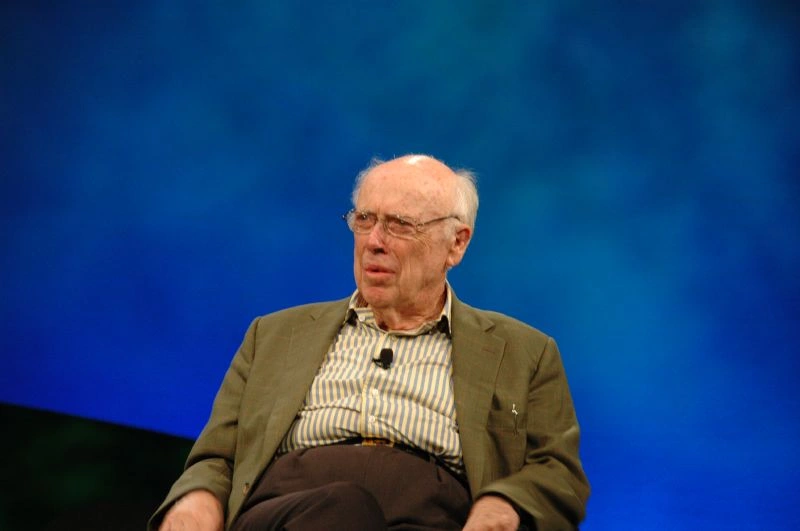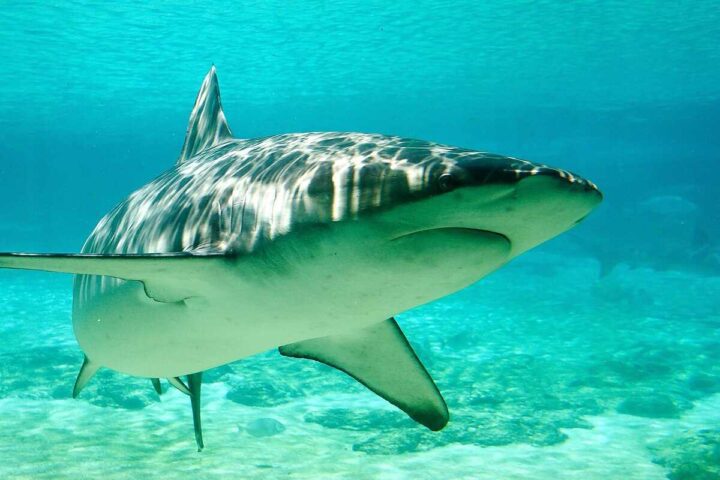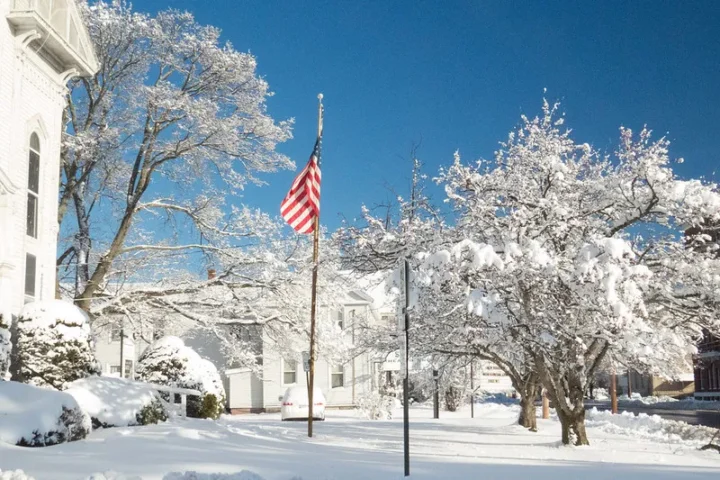DNA Pioneer James Watson Dies at 97
The Nobel laureate who co-discovered DNA’s double helix structure passed away Thursday following a brief illness, leaving behind a legacy marked by scientific breakthrough and later-life controversy.

James Watson died Thursday at age 97 following a brief illness, according to a spokesperson with Cold Spring Harbor Laboratory, where he spent much of his career. Watson won the Nobel Prize in 1962 for co-discovering DNA’s double helix structure in 1953 with Francis Crick and Maurice Wilkins.
The discovery, determined in February 1953 and published in Nature in April 1953, changed biology by revealing how DNA stores genetic information and replicates itself. The breakthrough came after Watson and Crick used Rosalind Franklin’s X-ray diffraction data, shown to Watson by Maurice Wilkins without Franklin’s knowledge at the time. Three companion papers appeared in Nature’s April 25, 1953 issue: Watson and Crick’s structure paper, Wilkins and colleagues’ X-ray data, and Franklin and Gosling’s crystallographic findings.
Watson later directed Cold Spring Harbor Laboratory and became the first director of the Human Genome Project, where he pushed for public data release and opposed gene patents. He resigned from the project in April 1992 after conflicts with NIH leadership. In 2007, Watson became one of the first individuals to have his genome sequenced and publicly released.
Watson’s legacy was damaged in his later years after making racist remarks. In October 2007, he told The Sunday Times he was “inherently gloomy about the prospect of Africa” because “social policies are based on the fact that their intelligence is the same as ours—whereas all the testing says not really.” He retired as chancellor of Cold Spring Harbor Laboratory that month following the controversy. In 2019, after repeating similar claims in a PBS documentary, Cold Spring Harbor revoked all his remaining honorary titles, calling his statements “reprehensible, unsupported by science.”
Career at a Glance
Watson was born April 6, 1928, in Chicago. His curiosity emerged early—at age 8, he wondered what makes birds migrate. After only two years of high school, Watson received a scholarship to the University of Chicago at age 15. He graduated in 1947 with a zoology degree and earned his PhD from Indiana University Bloomington in 1950, where his interest in birdwatching evolved into a passion for genetics.
In 1951, Watson joined the Cavendish Laboratory at Cambridge University, where he met Francis Crick. Despite knowing little about molecular structures, Watson’s determination to understand DNA drove their partnership. On February 28, 1953, they cracked the mystery. Crick walked into the Eagle pub in Cambridge and announced: “We have discovered the secret of life.”
The DNA molecule consists of two strands forming a double helix, with base pairs adenine-thymine (A-T) and guanine-cytosine (G-C) holding the strands together. This specific pairing allows DNA to copy itself—the foundation of inheritance. Rosalind Franklin, whose X-ray crystallography work was essential to the discovery, died in 1958 before the Nobel Prize was awarded in 1962. Nobel Prizes are not awarded posthumously.
Life & Legacy Timeline
From Chicago prodigy to DNA pioneer to controversial figure
Watson’s transformation of Cold Spring Harbor Laboratory stands as one of his lasting achievements. When he became director in 1968, the institution was financially struggling. Under his leadership through 2007, it became a center for cancer research, genetics, and neuroscience, training thousands of scientists annually through advanced courses and professional meetings.
His role in the Human Genome Project helped establish principles that shaped modern genomics. Watson insisted on daily public release of sequence data and opposed gene patents, decisions that enabled the open-access approach that accelerated genetic research worldwide. The Ethical, Legal and Social Implications (ELSI) program he supported became a model for addressing ethical concerns in genetic research.
For more on genetic research advancements, see our coverage of World DNA Day and recent genetic breakthroughs in medical research. Related coverage includes findings on OCD genetics and mitochondrial DNA research.
Scientific Contributions
DNA Double Helix
Co-discovered that DNA consists of two strands forming a double helix, with specific base pairing (A-T, G-C) that allows the molecule to replicate itself. This breakthrough revealed how genetic information is stored and copied.
Cold Spring Harbor Transformation
Led Cold Spring Harbor Laboratory in various roles from 1968 to 2007, transforming it from a struggling institution into a research center for cancer, genetics, and neuroscience that trains thousands of scientists annually.
Human Genome Project
As first director, Watson established principles that shaped genomics: public data release, opposition to gene patents, and ethical oversight frameworks that enabled open-access genetic research.
Scientific Education
Authored “Molecular Biology of the Gene” (1965), one of the most widely used modern biology textbooks, making complex molecular concepts accessible to generations of students.
A Dual Legacy
Scientific Achievements
- Co-discovered DNA’s double helix structure at age 24-25
- Shared 1962 Nobel Prize in Physiology or Medicine
- Transformed Cold Spring Harbor into a molecular biology center
- First director of the Human Genome Project
- Advocated for public genomics data and opposed gene patents
- One of the first to have genome sequenced and published
- Authored influential biology textbooks
- Supported ethics frameworks for genetic research
Controversies & Criticism
- Used Rosalind Franklin’s X-ray data without her knowledge
- Wrote dismissive remarks about Franklin in “The Double Helix”
- Made claims linking race and intelligence without scientific basis
- 2007 Sunday Times interview suggested intelligence differences by race
- Retired as chancellor at Cold Spring Harbor after 2007 remarks
- Repeated racist claims in 2019 PBS documentary
- Stripped of all honorary titles by Cold Spring Harbor in 2019
- Made sexist remarks about women’s capabilities in science
Cold Spring Harbor Laboratory’s own history adds irony to Watson’s later controversies. The institution once housed the Eugenics Record Office from the late 1800s through the 1930s, which collected data used to support discriminatory policies. Watson worked to distance the laboratory from this past, making his own racist statements particularly damaging to the institution.
The scientific community’s response to Watson’s remarks reflected a shift in how such statements are addressed. While his scientific contributions remain part of biology’s foundation, institutions made clear that scientific accomplishment does not excuse harmful rhetoric. King’s College London has worked to ensure Rosalind Franklin’s contributions receive proper recognition in the DNA discovery story.
Related genetic research continues to advance. Recent studies have examined plant genome evolution, viral genetics, and conservation genetics. Tools like AI-powered disease prediction build on the foundation Watson helped establish.
Watson is survived by his wife Elizabeth, their sons Rufus and Duncan, and a grandson. The 1953 DNA discovery, the Human Genome Project’s open-data principles, and Cold Spring Harbor Laboratory’s current research programs were discussed in tributes following his death. The scientific community reflected on both the foundational contributions to molecular biology and the damage caused by his later remarks.
Additional genetic research coverage includes studies on extinct species DNA analysis, population genetics, and genetic diversity in endangered species. For broader scientific recognition, see our coverage of the 2024 Nobel Prizes.


















